Competition makes for better products, and the Android ecosystem is more competitive than ever. The best of the best right now is the Galaxy S20+, bringing an excellent combination of hardware, display, specs, features and cameras into a single package. If you want a new Android phone at any price range, we've done the research to separate the great from the good, and the good from the bad. This list will help you make your next purchase easier.
Best Overall: Samsung Galaxy S20+
Before the Galaxy S20 series came out, our top pick here was the Galaxy S10+ — and everything Samsung did this year made it an easy move to recommend the S20+. The S20+ makes improvements across the board, with a bigger display that has a super-smooth 120Hz refresh rate, larger 4500mAh battery, more RAM, and a new Snapdragon 865 processor. Every Galaxy S20+ is 5G capable as well, which isn't the biggest deal right now but will become more important later in 2020.
The huge move up is in the cameras, with a new array both front and back. The new sensors are all larger, which let in more light and take dramatically better low-light photos. It's not quite on the level of the Pixel 4 XL, but this is a big step up for Samsung and is no longer a shortcoming of this flagship. You also get capable zooming up to 5X, while keeping an ultra-wide camera for more shooting variety.
The only way the S20+ steps down from the S10+ is in its price, and removal of the headphone jack. The base phone is a couple hundred dollars more than it was last year, and removing the audio jack is a tough blow for those who rely on it or prefer the sound quality. But both are a result of the way the whole industry is going — phones keep getting more expensive, and Samsung was already one of the last holdouts in the high-end space the keep a 3.5 mm jack.
Pros:
- Best-in-class display
- Good battery life
- Exceptional performance
- Great all-around cameras
- 5G enabled
Cons:
- Expensive for 128GB of storage
- Camera zoom much weaker than S20 Ultra
- Slow fingerprint sensor
- No headphone jack
Best Overall
Samsung Galaxy S20+
Samsung's excellent all-rounder.
The S20+ has a great screen, top-end specs, a strong array of cameras and feature-packed software. It's expensive, but worth it.
Best on a Budget: Moto G7
Nobody is going to mistake the Moto G7 for a flagship phone, but at the same time, it gets the basics down while being one-third the price. The Snapdragon 632, 4GB of RAM and 64GB of storage will get the job done in terms of performance for some time, and the software is typical great Motorola fare.
The phone has a modern design that won't look out of place in 2020, and the screen is nice and large at 6.2 inches with a respectable 1080p resolution. Battery life will be fine from the 3000mAh capacity, and you get some nice-to-have features like a good 'ol fingerprint sensor and dual cameras for portrait mode.
Note: The new Moto G series has been announced for the U.S., but is not yet on sale. If you're willing to wait, you'll get a newer phone with fresh specs and features for a similar price, or if you want to save some money, the Moto G7 will drop in price.
Pros:
- Big 1080p display
- Capable specs for the money
- Simple and intuitive software
Cons:
- No NFC
- Software update future uncertain
- Soon to be replaced by new models
Best on a Budget
Moto G7
$250 at Amazon $200 at Walmart
Getting all of the basics done in an attractive package for a solid price.
The G7 is the budget phone benchmark. You still get great build quality, a solid screen and full spec sheet with clean software.
Best Camera: Google Pixel 4 XL
The Pixel 3 XL was the best camera you could get in a smartphone, but the 4 XL blows it away. In daylight, mixed light and even super-low-light, it consistently takes better photos than any other Android. While we had issues with the 3 XL's speed, the camera app is also now fast and fluid. A secondary telephoto lens, paired with clever software, takes great zoom shots. Its front-facing camera isn't as wide as before, and that's really the only marginal downside here. It still takes crisp, colorful and bright photos, along with great portrait selfies.
The Pixel 4 XL, as a whole phone, is unfortunately let down by a few shortcomings. Its battery life is the weakest of the flagship competition, it has weaker RAM (6GB) and storage (64GB), and its Face Unlock system hasn't been adopted by all of the most popular apps that need biometric authentication. However, that shouldn't detract from all of the great things this phone does — and it is still fully in the conversation of the best phones you can get today.
Pros:
- Super-smooth 90Hz display
- Top-notch camera quality back and front
- Simple, useful and fast software
- Nice-looking and feeling hardware
- Excellent face unlock speed
Cons:
- Incredibly weak battery life
- Motion Sense has little real-world use
- Low RAM and storage for the money
- Many apps still incompatible with Face Unlock
Best Camera
Google Pixel 4 XL
$810 at Amazon $899 at Walmart
The best camera you can get in a smartphone today.
The Pixel 4 XL has excellent hardware and the best camera, but it's let down by poor battery life and weak specs for the money.
Best Compact Choice: Google Pixel 3a
You can find your way to the Pixel 3a for multiple reasons. The first being its size, because it's one of the few "small" modern phones out there right now. Because it has a larger version, the Pixel 3a XL, the standard 3a remains compact and manageable in one hand. The screen's still big enough to get things done, but the phone won't bulge your pocket or tough to use.
Perhaps the most impressive part of the 3a is its camera, which is nearly on par with the Pixel 4 yet costs less than half as much. The main camera shoots exceptional photos in all lighting conditions, with Night Sight really showing its strength in poor lighting. The front-facing camera is even great. Both front and back, you're getting flagship-level camera quality out of a phone that's a fraction of the price.
The phone also offers exceptional value, especially several months on from its launch with some discounts. Google's clean software runs rather well on this mid-range hardware, even though it's clearly not as fast as the latest flagships. And you don't need to be worried about losing software support as it gets older, because unlike most of its competitors the Pixel 3a has guaranteed software updates for the next couple of years.
Pros:
- Incredible camera for the money
- Excellent build quality with polycarbonate shell
- Guaranteed software updates
- Clean Android build
Cons:
- Performance not on flagship levels
- Display is no more than functional
Best Compact Choice
Google Pixel 3a
Google's budget phone has a ton going for it.
The Pixel 3a has flagship camera quality, but at a fraction of the price. It's also one of the few great compact phones available.
Best Value: OnePlus 7T
The OnePlus 7T continues the company's legacy of releasing affordable, high-end Android smartphones. This one has all of the good aspects of the more expensive 7 Pro, but forgoes the curved-glass, bezel-less display for something more traditional, and more usable. The hardware is just as nice, and has the added bonus of being a tad smaller as well.
Typical superlative OnePlus software is the same as its other phones, which is a great thing. The display running at a 90Hz refresh rate (just like the 7 Pro) just adds to the smoothness of OxygenOS. There's a versatile camera system that is consistent, albeit not challenging the best out there. Luckily, you're getting excellent specs and performance across the board, with enough power to run this phone for years.
Pros:
- Well-designed, with premium materials
- Excellent battery life
- OxygenOS 10 is awesome
- Consistent and versatile cameras
- Great price for what you get
Cons:
- Lacks official IP rating
- No wireless charging
- Loses telephoto OIS from OnePlus 7 Pro
Best Value
OnePlus 7T
One of the best phones you can spend your money on.
You get the same great specs as the OnePlus 7 Pro, in a slightly smaller package with a few extras cut back — but in return get an exceptional price.
Best Battery Life: Samsung Galaxy S20 Ultra
Just like the name implies, the Galaxy S20 Ultra takes another step up from the Galaxy S20+. It has all of the same specs and capabilities, but with an even larger display — 6.9 inches, Samsung's biggest — and a correspondingly larger battery at 5000mAh. When you keep the phone in 60Hz display mode, it's a complete battery champion; you'll never have to worry about battery life on this phone.
The Ultra also makes use of that extra space (and price) to give you better cameras, with a 108MP main camera that takes even brighter photos, and a telephoto camera that can reach out and get great shots up to 10X (and decent ones at 15X). The trade-offs of getting this extra capability, and battery life, are size overall size and price. The S20 Ultra is big, and almost 20% heavier than the S20+; it's also notably more expensive, which can be tough to swallow when the S20+ is already quite spendy. But if battery life is a priority, this is your best bet.
Pros:
- Massive high-quality screen
- Huge battery
- Super-sharp main camera shots
- Solid zoom camera up to 15X
Cons:
- Great battery limited to 60Hz mode
- Necessarily big and heavy
- Slow fingerprint sensor
- No headphone jack
- 30X+ zoom is a gimmick
Best Battery Life
Samsung Galaxy S20 Ultra
Samsung goes all-out with the biggest battery, screen and cameras..
Take the S20+ and turn it up a notch — all of the same qualities, but with an even bigger screen and battery, plus improved cameras.
Best With a Stylus — Samsung Galaxy Note 10+
The new Galaxy S20+ and S20 Ultra have paired up to replace the Note 10+ as the top-end Samsung phone. But the Note 10+ is still a new device, and it still feels modern and capable in just about every way. The hardware is very similar, the internal specs are behind on paper but not in actual real-world capability, and they run the same software — and the Note 10+ will still get at least one more big platform update.
The only big downsides compared to the newer phones are in the cameras and display. The cameras have been completely overhauled in the new phones, with a huge step up in main camera quality and low-light capabilities that are way beyond the Note 10+. The displays are basically the same in every way, except for one critical one: the S20 series has a 120Hz mode that makes all motion on the screen incredibly smooth and easy on the eyes. It's something you have to experience, and you probably won't want to go back after you do.
But on the other hand, nothing can replace the Note 10+'s S Pen. If you love the functionality a stylus brings, the S20+ or S20 Ultra isn't going to get the job done. And because the new models are now available, the Note 10+ is cheaper than it was at launch, and a couple hundred dollars less than even the S20+ — that in itself makes it appealing.
Pros:
- Incredible display
- Hardware looks and feels expensive
- Best stylus experience on any phone
- Outstanding performance
- Great battery life and fast charging
- Consistent camera performance
Cons:
- Low-light camera quality is weak
- Software requires lots of tweaking
- No headphone jack
Best With a Stylus
Samsung Galaxy Note 10+
Samsung's biggest and best, with a stylus.
For many, there's no replacement for a Note. You get great hardware and specs, with a huge display, plus the unique S Pen.
Best Gaming Features ASUS RoG Phone 2
RoG stands for Republic of Gamers, and that tells you that ASUS has focused on bringing all of the mobile gaming features you could want — whether you're playing PUBG, Fortnite or other intense titles.
The ASUS RoG Phone 2 stands out with its unique design that includes secondary charging and headphone ports along the side so they don't get in the way when playing games in landscape, Air Trigger touch sensors that let you use the corners of your phone as customizable inputs for shooting games, and an external Aero Active Cooler accessory included in the box that lines up with the heatsink on the back to keep the phone cool for long sessions.
The 6.6-inch FHD+ display features a 120Hz refresh rate for the smoothest possible graphics, and the phone does a great job running games on top settings — even if the ASUS software is a bit busy and clunky. And its battery is massive, so you won't be caught without power. ASUS has refined its vision for the perfect gaming phone, and it delivers. With its polarizing design and huge size, you will really need to have a gaming focus to pick this over something more well-rounded, but some people take mobile games seriously and this phone is perfect for that use.
Pros:
- Uniquely designed for gaming
- 120Hz display refresh rate is gorgeous
- Air Trigger controls are still innovative
- Front-facing speakers are loud
- Great battery life
Cons:
- Phone design may be too gamer
- Dedicated accessories are pricey
Best Gaming Features
ASUS RoG Phone 2
A phone that goes all-in on gaming, and does it well.
Excellent performance and gaming-specifc features like side ports, front-facing speakers and heatsinks make this a gamer's dream.
Bottom line
The Android world is incredibly diverse, and no matter your needs you can find a phone that fits them. But if there's one Android that fits the widest number of people, it's the Samsung Galaxy S20+. The S20+ has excellent hardware, top-end specs and performance, the best screen you can get today, and really good battery life. Its cameras are solid all-around performers, stepping way up from Samsung's last generation, particularly in low-light scenes.
Samsung's software still takes a bit of taming in order to work exactly how you want it, and that can be daunting right out of the box. But One UI 2 works really well once you set up (and disable) everything how you like, and its performance is fantastic — there's more than enough processing power here for the next two years. And even as your needs change over that time, the Galaxy S20+ is probably going to be able to handle whatever you need to do. It has all of the features in software and hardware that you could ask for.
How to choose the best Android phone
Android phones are highly complex and feature-rich gadgets that are capable of a lot of different things, and as such, finding the one that's best for you can be a daunting task. Lucky for you, we've put together a little guide below highlighting some of the biggest questions you should ask yourself when buying one, along with rankings of which Android phones have the best display, camera, and more.
How much money do you need to spend?
First thing's first, let's talk about what's likely the most pressing question for many of you reading this — how much money should you spend on a new phone?
Ultimately, this comes down to much you're willing/able to spend and what tier of phone you want. As a general rule of thumb, there are three main categories of phones at different price points:
- Low-end/budget phones
- Mid-range phones
- Flagship phones
In general, spending more money will get you a better-performing and more premium phone. Thankfully, we've seen a trend over the last few years of budget-focused phones getting really, really good.
Take the Moto G7, for example. It used to be you couldn't get a quality phone for an entry-level price, but with the Moto G7, you're getting a device with slick hardware, a good display, capable cameras, a fingerprint sensor, and expandable storage — just to name a few features. Mid-tier handsets, like the Samsung Galaxy A51 and Google Pixel 3a, offer more powerful specs for a little more money.
Flagship phones have sort of split off into two sub-groups as of late, including "lite" flagships and fully-fledged ones. The OnePlus 7T is a perfect example of a lite flagship. It costs a good deal less than flagships from Google and Samsung, but it still manages to offer a flagship-level processor, an enormous amount of RAM, top-notch build quality, etc. Some things take a backseat with these phones, however, and that's often in the camera department and extras like water resistance.
Then there's fully-fledged flagships — the Galaxy S20+, Google Pixel 4 XL, and so on. These are the most expensive phones the market has to offer, and while they aren't perfect, they're the phones where companies throw in everything they have to offer to create for the best experience possible. You're getting the best materials, best displays, best cameras and, increasingly, 5G connectivity.
You could make the argument that no one really needs to buy a flagship phone these days considering how good low-end and mid-range options have become, but it all depends on what features you want, what specs matter the most to you, and how flexible your budget is.
What size phone should you buy?
While Android phones pretty much all have the same generic rectangular shape, they come in a variety of sizes ranging from ultra-portable to miniature movie theater. The size of the phone you buy depends a lot on its screen size. The larger the screen a phone has, the larger its physical size will be. As with all things, there are benefits to both small and large phones.
As you'd expect, a smaller phone is easier to use with one hand and more likely to fit in the pockets of your skinny jeans. For people that are always on the go and want something that they can comfortably text on in one hand while chugging their Starbucks latte in the other, a smaller phone is the way to go. However, with a smaller size and smaller screen, you will be more cramped when watching movies or playing games.
On the other hand, a larger phone is the complete opposite. It'll be more challenging to use a large phone single-handedly, but if you want to use your phone for catching up on movies or playing immersive games like Call of Duty: Mobile, the extra screen real-estate will be hugely beneficial.
When talking about what constitutes a "small" and "large" phone, we typically consider smaller phones to have displays under 6 inches. Most smaller-sized phones these days are between 5.5 and 5.9 inches. Naturally, this means larger phones will often have a screen size of 6 inches or greater — the Galaxy S20 Ultra even has a 6.9-inch screen.
A 5.9-inch screen might sound large, and a few years ago, it was. However, now that the majority of Android phones have shifted from 16:9 aspect ratios to 18:9 or even 21:9 — meaning they're taller in the same width — and gotten much smaller bezels, it's possible to fit a bigger screen into a compact body.
On top of all that, it's also worth considering the size of your hands. Someone with bigger hands can probably manage a 6.5-inch+ phone perfectly fine in one hand, and as such, can go with a larger screen size and not sacrifice their ease-of-use.
How big of a battery do you need?
There are a lot of different specs that make up an Android phone, but one of the most important factors to consider is its battery. It's something that can be easy to overlook if you aren't thinking about it, and if you end up with a phone that can barely make it through a full day of your normal usage, you're going to be faced with a headache-filled future.
Everyone uses their phone differently, and as such, there's not necessarily a perfect battery size. We recommend not getting anything smaller than a 3000mAh battery, but if possible, 4000mAh is preferable. Of course, as you go higher and higher with the mAh count, you can expect longer and longer battery life. That's why the Galaxy S20 Ultra with a 5000mAh battery doesn't have to worry about charging often, while the Moto G7 with 3000mAh struggles a bit.
There are many other factors that play into battery life, though, such as a phone's screen specs — a bigger, higher resolution or brighter screen draws more power. The efficiency of its processor also matters a lot, as does the software running the entire system. But the battery size plays the biggest role in how long a phone can be powered on before needing to be plugged in — you can't get around it.
Should you buy a 5G phone?
5G seems to be all the rage these days, and rightfully so when you see its capabilities. The potential for 5G is enormous, offering substantial speed increases over the 4G (LTE) networks we're used to. You can go out and buy a 5G-capable phone right now if you want, but should you? For most people, it shouldn't factor into a buying decision.
While AT&T, Sprint, T-Mobile and Verizon have 5G networks live now, these carriers are still very much so in the early days of building them up. At AT&T, Sprint, and Verizon, you're relying on mmWave 5G, which is only available in very specific areas of certain cities. T-Mobile's Sub-6 5G network is more widely available, matching a vast majority of its LTE network, but the current speeds aren't that much faster than its LTE service as a result.
And depending on the carrier, you may have to switch plans and pay extra in order to have access to 5G, which really isn't going to be worth it until the coverage dramatically improves.
As such, if you're in the market for a new phone, don't feel like you'll be missing out by buying a 4G LTE one. It's going to be quite a while longer before 5G is as widespread and reliable as LTE is today, and by the time you're ready to buy your next phone in a couple years, all of the major quirks with 5G should be worked out.
Rankings
All of the phones highlighted above deserve to be here for one reason or another. They are the best Android phones, after all, but some do certain things better than the others. We've outlined three core smartphone features — display, performance, and camera — with our top five picks for each category based on the phones found on this list.
Display
The display is arguably one of the most important components of a phone. It's the part that impacts you the most, as it's what you look at and interact with every time you pick your device up. As such, having a good display is critical when spending this kind of money for your next daily driver.
Here are our top five picks for the best smartphone display:
- Samsung Galaxy S20 Ultra
- Samsung Galaxy S20+
- OnePlus 7T
- Samsung Galaxy Note 10+
- Google Pixel 4 XL
If we had to pick just one phone for having the best display, it'd be the Galaxy S20 Ultra.
Specs-wise, the Galaxy S20 Ultra starts off strong with a huge 6.9-inch size, which just gives you more of a good thing. Then you just look at it: excellent viewing angles, colors, brightness and outdoor visibility. It also has an excellent 120Hz refresh rate mode that makes everything that moves on the screen incredibly smooth — it's worth dropping to FHD+ resolution to get. Once you see it, you won't want to switch back.
Another great choice is the OnePlus 7T, which doesn't sacrifice a ton compared to the S20 Ultra but is dramatically more affordable. Specs-wise, the 7 Pro has everything you could ask for — a large 6.67-inch screen size, 3120x1440 resolution, and vibrant colors and deep blacks. The display also refreshes at 90Hz instead of the traditional 60Hz found on most phones, and this means that everything looks ridiculously smooth on the OnePlus 7 Pro.
Performance
Next up, we've got performance. This is how fast or slow a phone runs, largely due to what processor it uses and how much RAM is on board but also how its software uses the specs. In these regards, this is how our rankings come out:
- OnePlus 7T
- Samsung Galaxy S20+
- Samsung Galaxy S20 Ultra
- Google Pixel 4 XL
- ASUS RoG Phone 2
The OnePlus 7T is an absolute beast in the performance department, and this is something we see with just about every phone that OnePlus releases. In the case of the 7T, it's powered by Qualcomm's blazing-fast Snapdragon 855+ octa-core processor, an overclocked version of the Adreno 640 graphics chip, and 8GB of RAM. Another big win is the use of UFS 3.0 2-LANE storage, which allows for incredibly fast data transfer speeds.
Combined with this onslaught of specs is OnePlus's OxygenOS, which is a custom version of Android designed by OnePlus itself. It's one of the smoothest and most reliable takes on Android that exists, and when you add all of that together, the 7T is a clear winner when it comes to performance.
Samsung also holds its own in this category with the Galaxy S20+ and S20 Ultra. The Snapdragon 865 processor is ultra-powerful and you get an impressive 12GB of RAM, but Samsung's software just isn't quite as efficient as OxygenOS.
Camera
Last but certainly not least, let's talk about cameras. Smartphone cameras have made outstanding leaps and bounds over the last few years, so much so that some of them can stand toe-to-toe with professional-grade photography equipment. There are some truly excellent camera offerings out there, and our top five picks are as follows:
- Google Pixel 4 XL
- Samsung Galaxy S20 Ultra
- Samsung Galaxy S20+
- Google Pixel 3a
- OnePlus 7T
Ever since the first Pixel was released in 2016, Google's offering of phones has been well-known for being camera champs in the Android landscape. With that being the case, it shouldn't come as too much of a surprise that the Pixel 4 XL is our number one choice.
Hardware-wise, the Pixel 4 XL delivers a 12MP primary camera and 16MP telephoto camera. That may not sound very impressive compared to some of the triple and quad-camera phones out there, but the magic of the Pixel lies with its computational photography that works behind the scenes.
An unbelievable amount of machine learning and post-processing happens every time you press the shutter button on the Pixel 4 XL, and this is why you can take gorgeous-looking pictures with the phone no matter your experience with a camera or what kind of a setting you're in. The telephoto camera retains a phenomenal amount of detail when zooming in, the Astrophotography mode allows you to capture stars in the night sky like never before, you can change the shadows and highlights of a scene in real-time before taking a picture — the list goes on and on. The Pixel 4 XL is a phone that you can whip out of your pocket and snap a photo, or take a few seconds to compose your shot. Either way, you'll end up with something spectacular.
Samsung has stepped up its camera game with the Galaxy S20 Ultra, and deserves a mention here. Its main 108MP camera — shooting at 12MP — takes in a ton of light and delivers incredibly detailed photos in a variety of lighting conditions, while its telephoto camera can get great shots at 10X and even 15X zoom.
Credits — The team that worked on this guide
![]()
Andrew Martonik is Executive Editor, U.S. at Android Central. He has been a mobile enthusiast since the Windows Mobile days, and covering all things Android-related with a unique perspective at AC since 2012. For suggestions and updates, you can reach him at andrew.martonik@androidcentral.com or on Twitter at @andrewmartonik.
![]()
Daniel Bader is Managing Editor of Android Central. As he's writing this, a mountain of old Android phones is about to fall on his head, but his Great Dane will protect him. He drinks way too much coffee and sleeps too little. He wonders if there's a correlation.
Joe Maring is Android Central's News Editor and has had a love for anything with a screen and CPU since he can remember. He's been talking/writing about Android in one form or another since 2012 and often does so while camping out at the nearest coffee shop. Have a tip? Reach out on Twitter @JoeMaring1 or send an email to joe.maring@mobilenations.com!
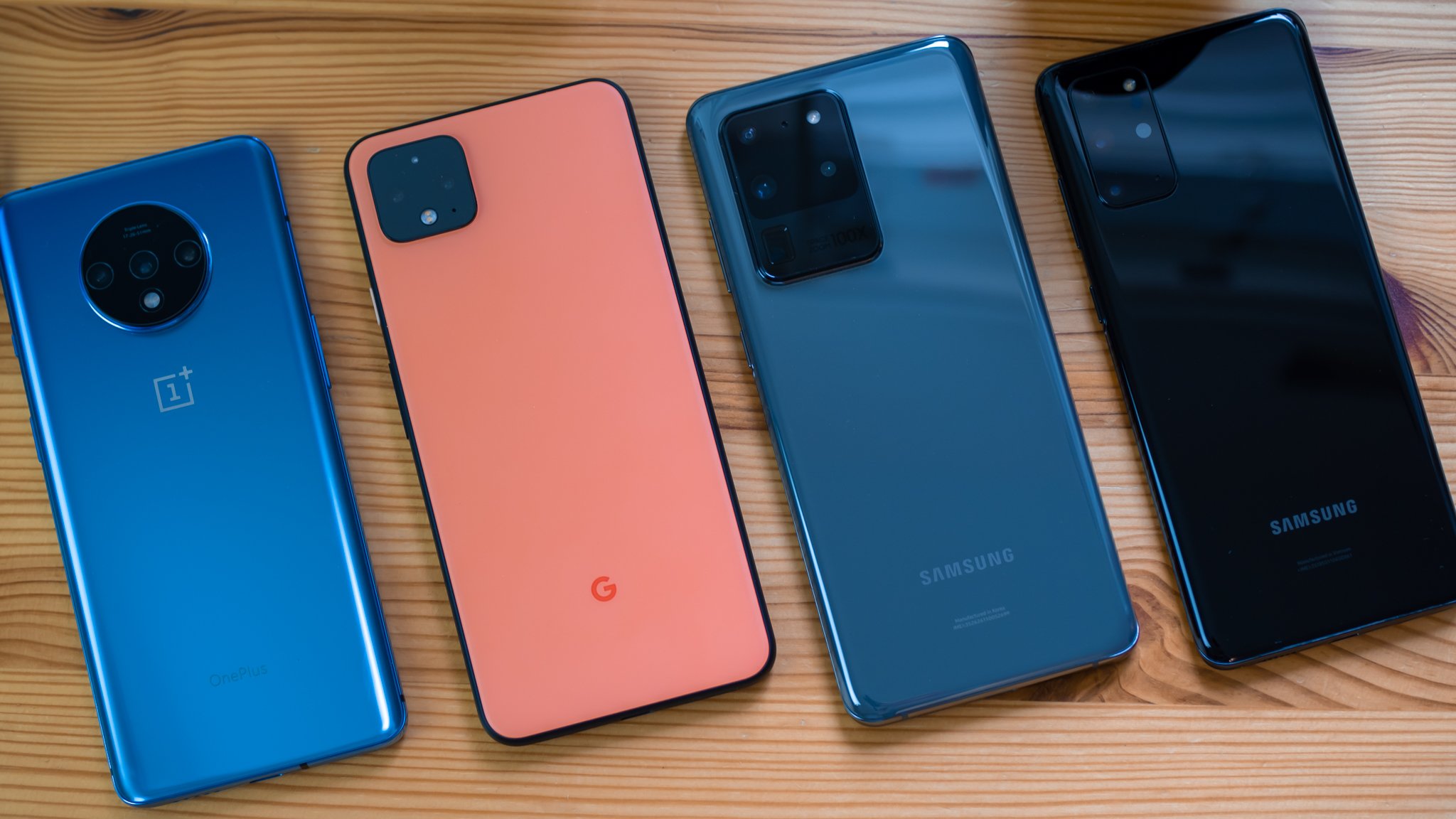
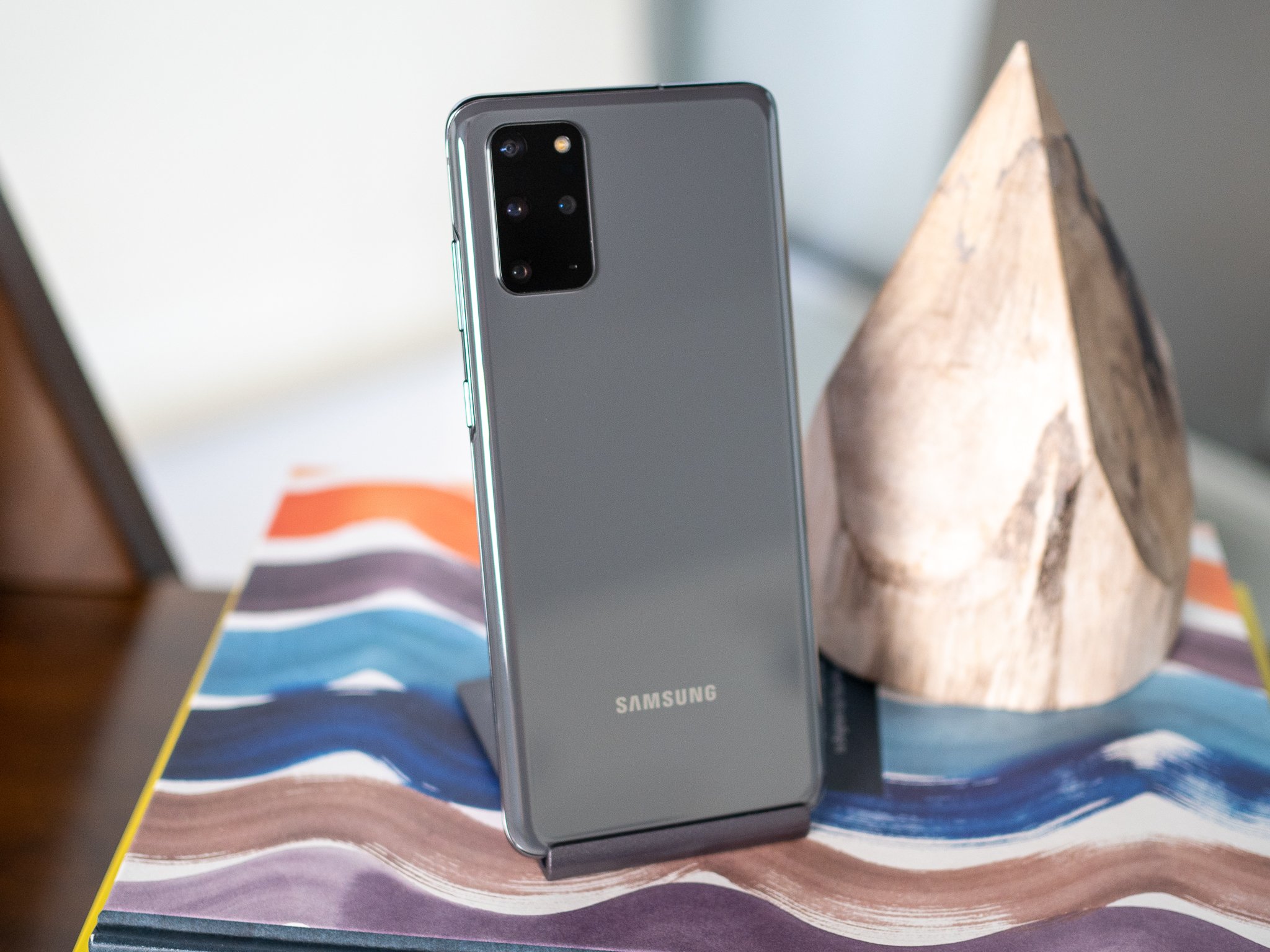
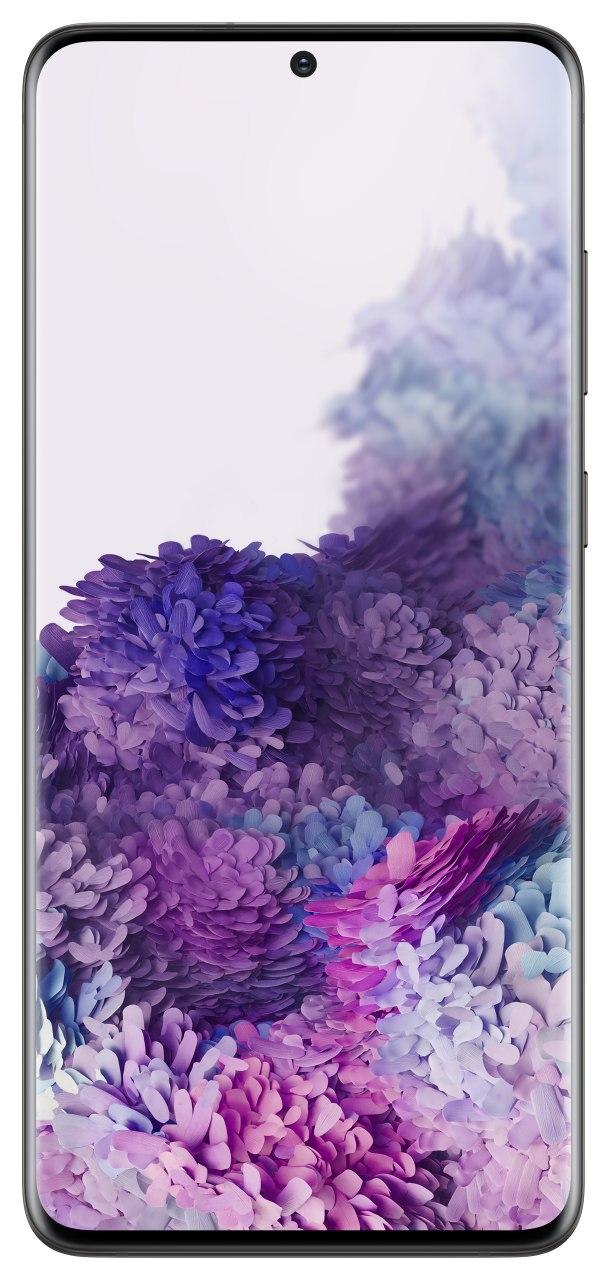
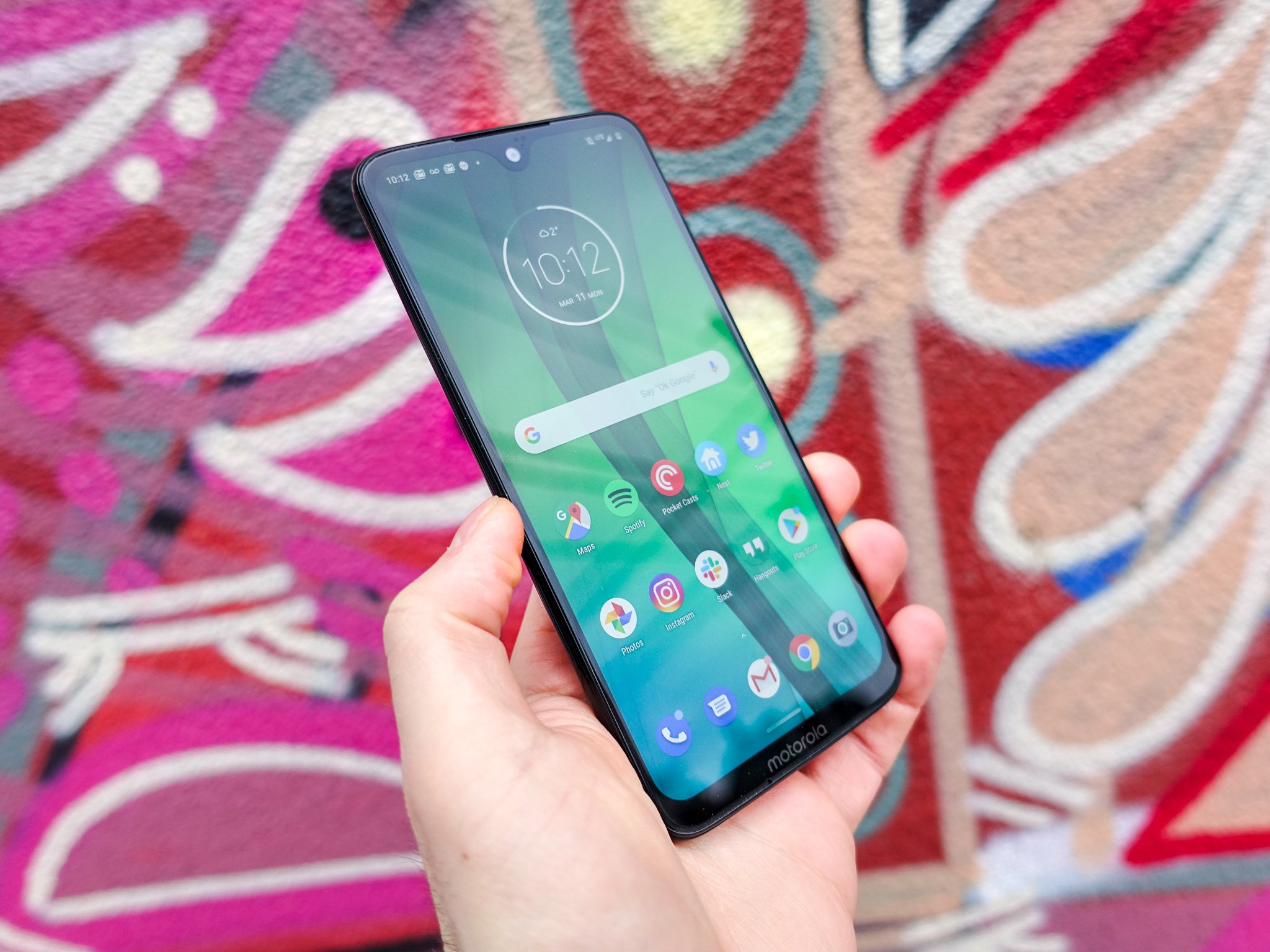
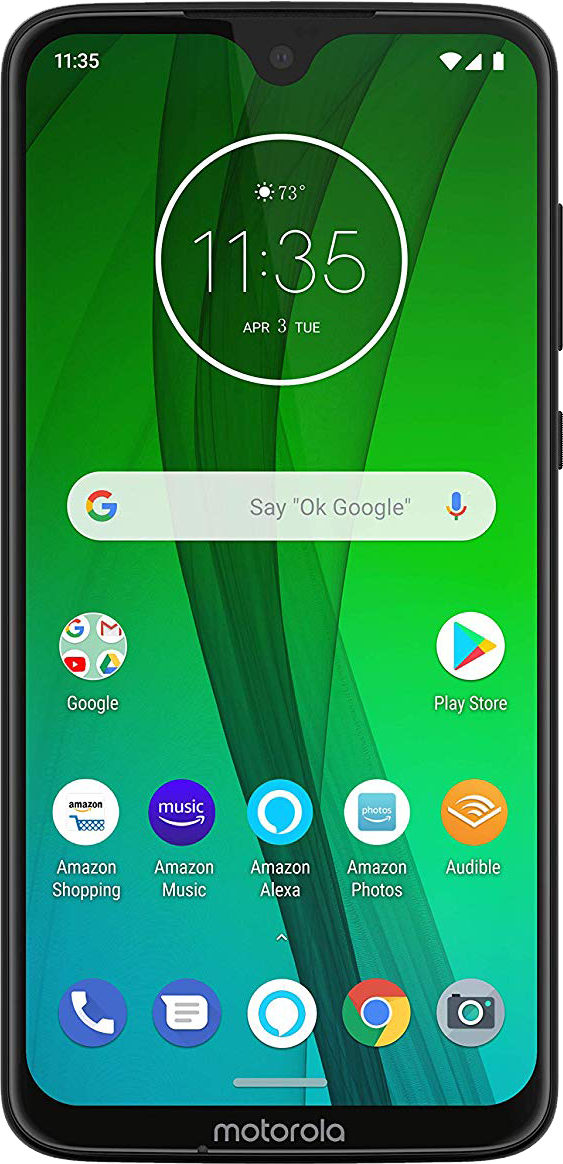
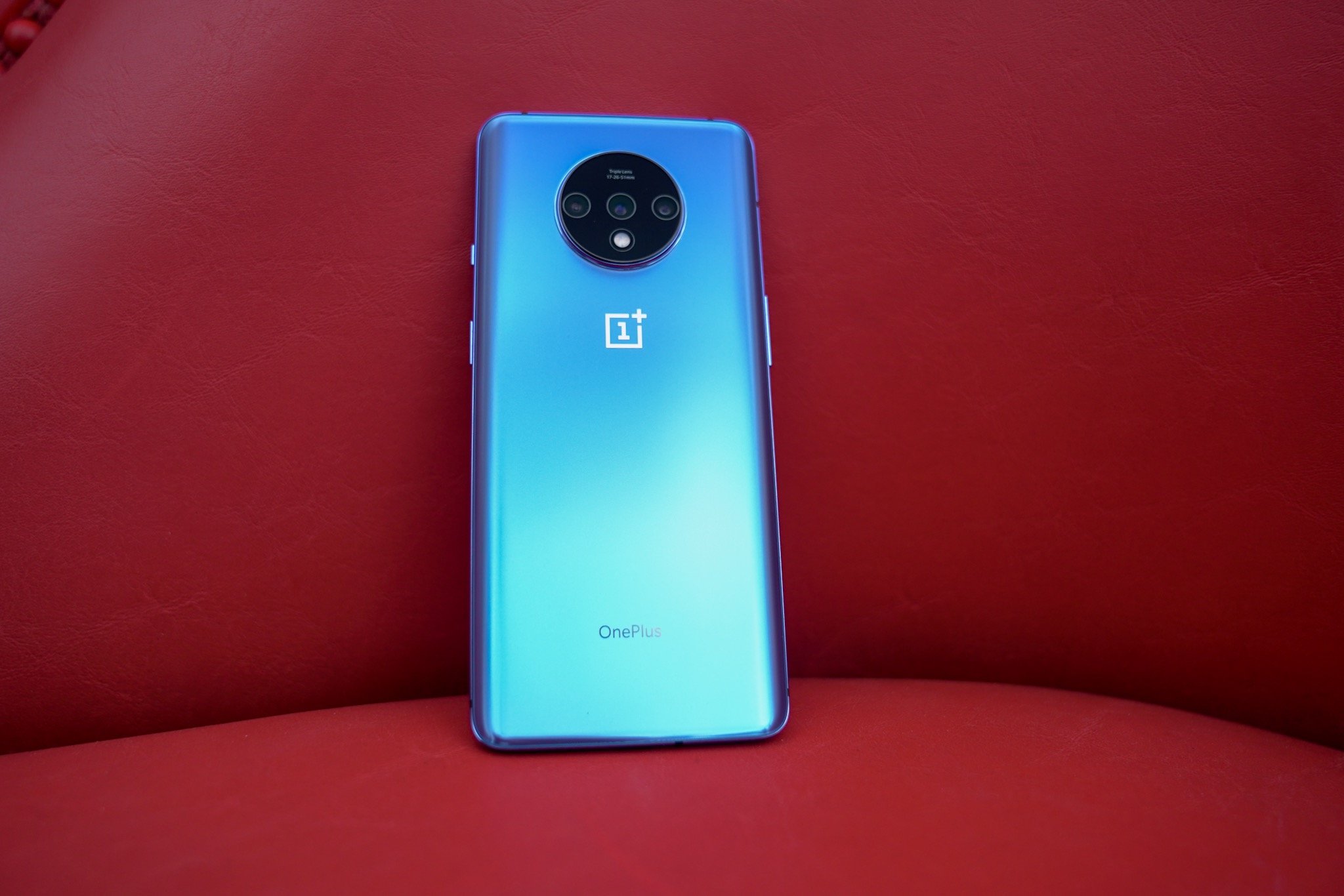


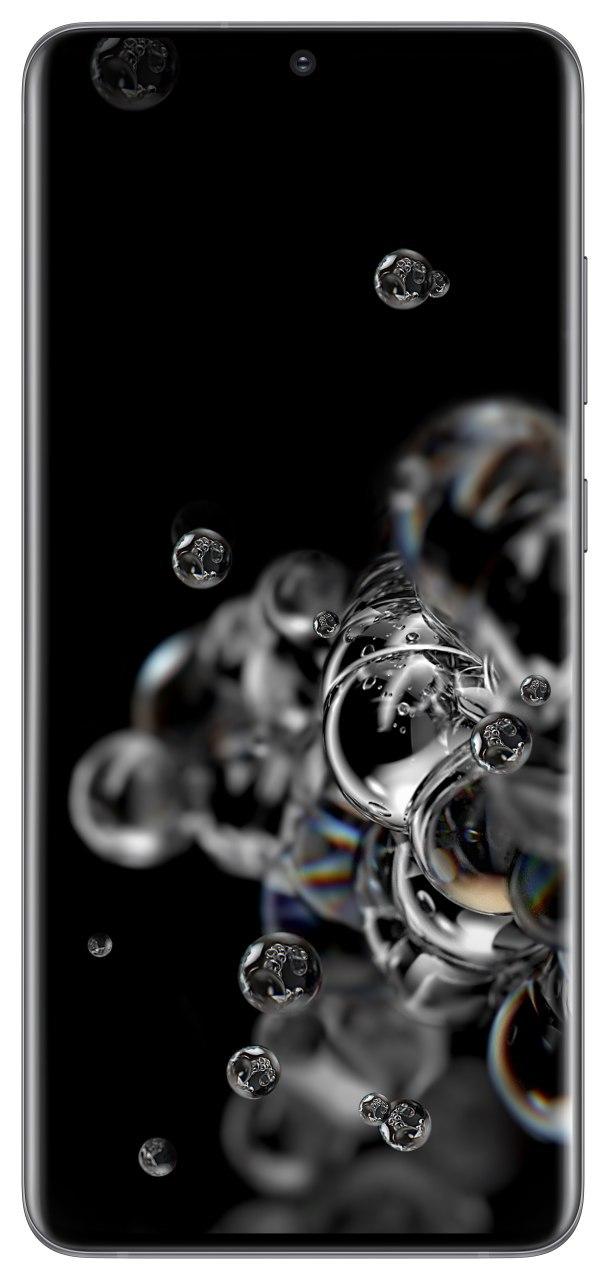
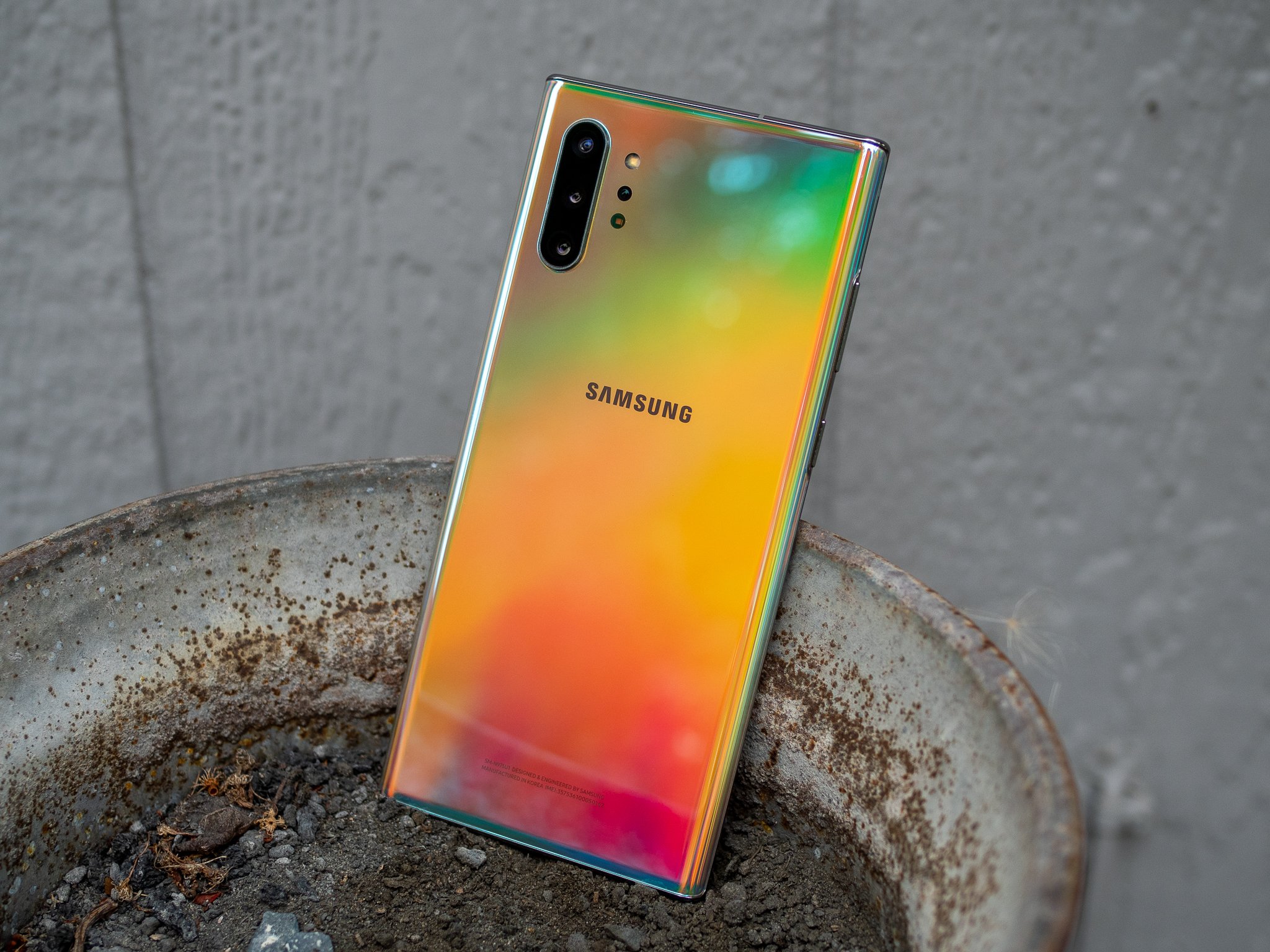
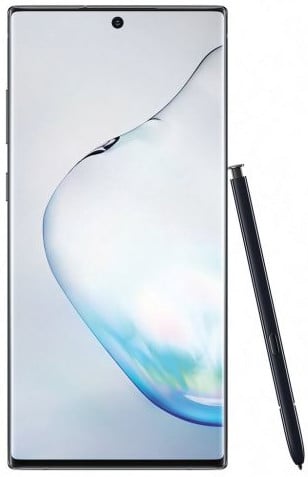
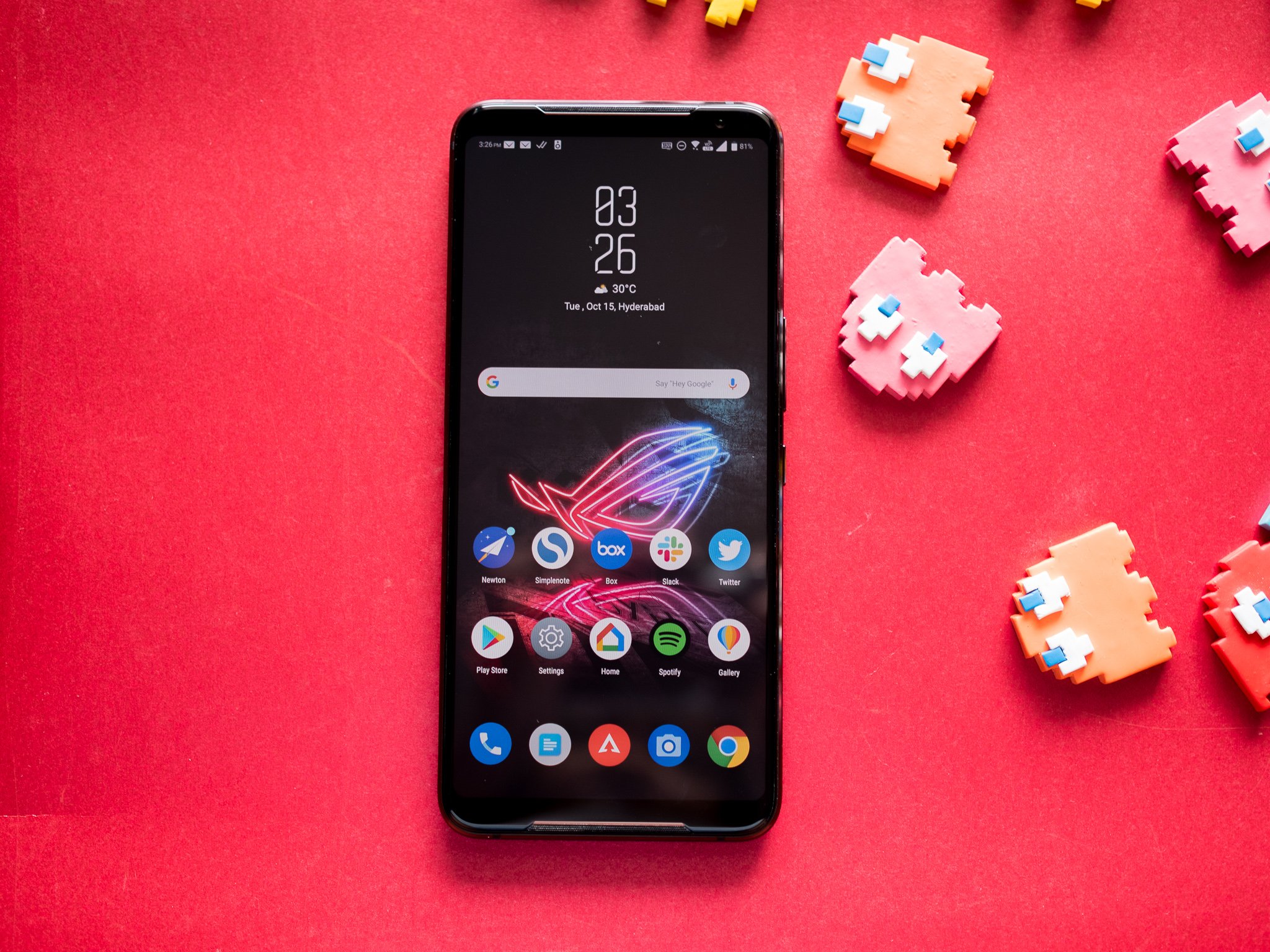
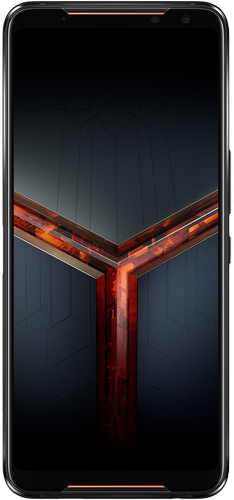
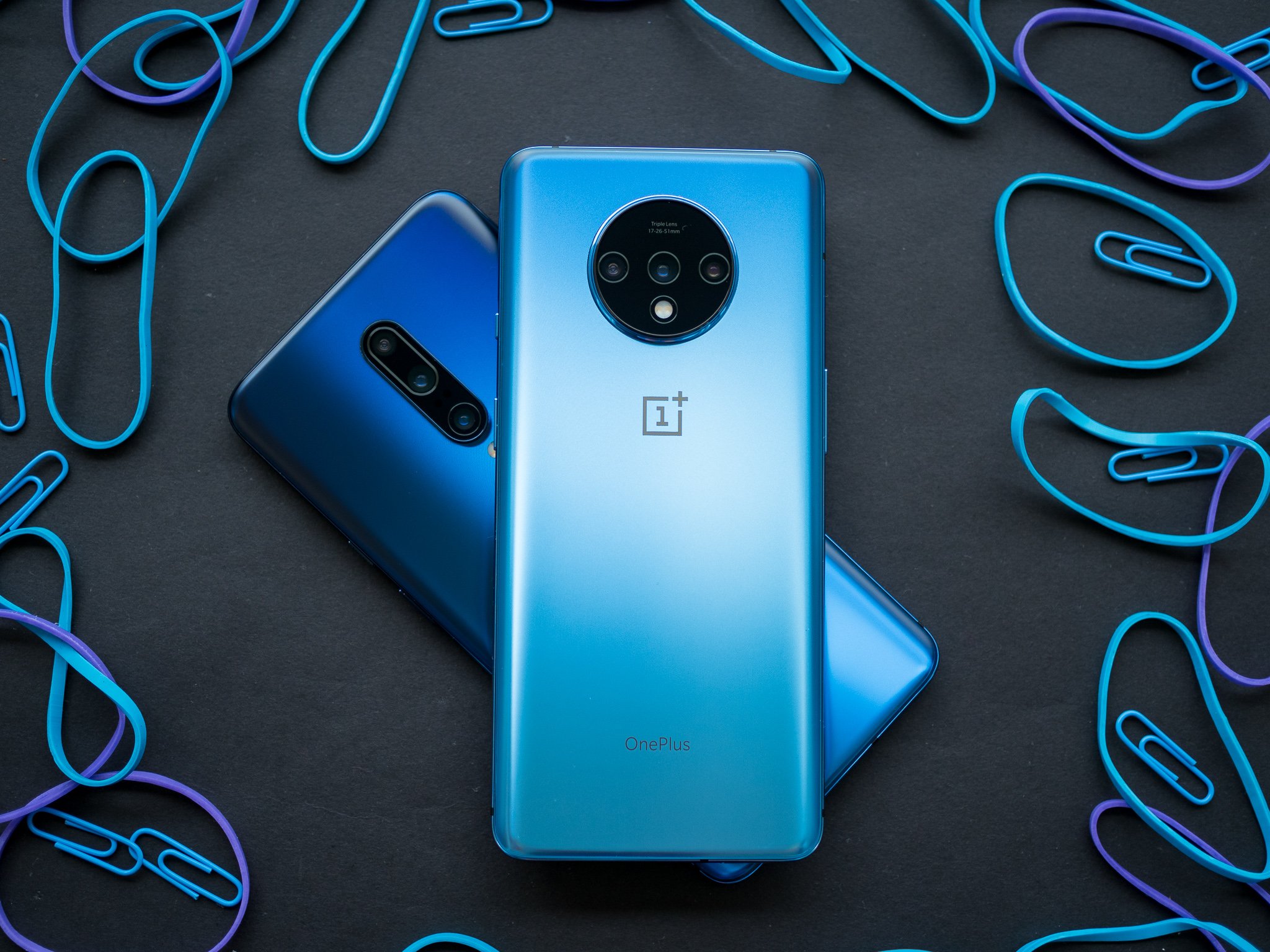

Tidak ada komentar:
Posting Komentar